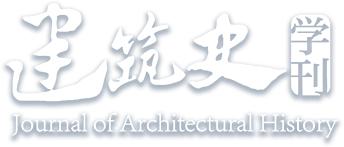Abstract:
During Ming dynasty, Taoism emerged as a pivotal force in imperial rule, assuming the status of a national religion. The spatial arrangement of Taoist temples in Nanjing at this time served as an architectural manifestation of the official will. This paper centers on
The Records of the Taoist Temples in Nanjing, a specialized historical document detailing the Taoist temples of Nanjing during Ming dynasty. By scrutinizing their scale and hierarchical status as classification benchmarks, it elucidates the spatial distributions and architectural layouts of these temples. Furthermore, it draws comparisons with Buddhist temples to delineate the unique spatial attributes of Ming-era Taoist temples in Nanjing. The research uncovers that the temples, as symbols of authority, exhibit innovative yet tradition-steeped spatial organizations and hierarchical architectural designs, collectively attesting to their role as venues for the exhibition of state power in Ming Nanjing.


 下载:
下载: